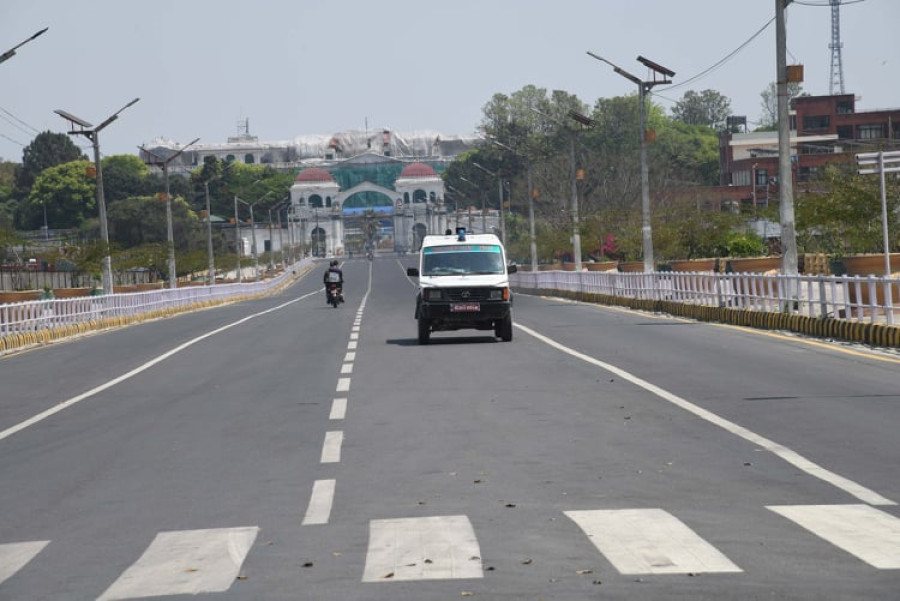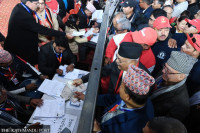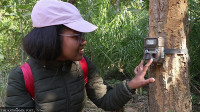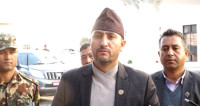National
Arbitrary ambulance service rates have hit people in emergency needs during lockdown
Lockdown has also seen some ambulance drivers cashing in on the desperation of people stranded away from their homes.
Aditi Aryal
On April 4, Dheeraj Lama had to arrange for an ambulance to transport his sick father from Hariwan, Sarlahi, to Kathmandu. He paid Rs 5,000 to Helping Hands, a community hospital in Kathmandu, for the ambulance service.
When his father passed away in the course of treatment, Lama had to take his father’s body home for funeral. But since the country was under a lockdown, there were no means of transport available. So Lama requested the same ambulance driver to transport his father’s body back. On his second trip, though, the ambulance service cost hime Rs 15,000.
“When my father came for treatment to Kathmandu we had no official documents to prove his illness, yet they charged me less than what they did when I had official documents from the hospital,” Lama told the Post.
Lama, who is based in Kathmandu, is currently out of job due to the Covid-19 lockdown.
What little money he had saved, he says was spent on his father’s hospital fees and the ambulance service.
“I am out of a job right now and I am relying on relief from the ward office for food. I had to pay a very high amount out of my savings to be able to transport my father’s body,” he said.
Vehicles require government passes these days, and for people in emergency situations, like Lama, they are difficult to come by. They eventually end up paying high prices for vehicles, even for ambulances.
Without a standard price for ambulance service, customers have been compelled to fork out a hefty amount, arbitrarily set by hospitals and ambulance service providers, which has hit them hard.
According to Amit Joshi, the chief operating officer of Nepal Ambulance Service, although the government had fixed the rate at 25 rupees per kilometer back in 2001, the rate was unsustainable due to high operational cost.
“This has led to hospitals and private ambulance service operators coming up with their one rates,” he told the Post.
Thakur, an ambulance driver for a hospital in Kathmandu, says the fare is usually set on the basis of distance.
The hospital he works for has been charging between 15 to 30 rupees per kilometer.
Due to the Covid-19, Nepal Police has limited the number of people permitted to travel in an ambulance to three, including the patient.
The ambulance further requires official documents such as discharge receipts or letters from doctors to be presented at different checkpoints when they make longer trips to prove the traveller is in fact a patient.
These rules were put in place to prevent people from travelling in ambulances to reach their destinations during the lockdown.
However, people have been found using ambulances despite not being a patient.
“Sometimes when there are only two people, I let one extra person take a ride in the ambulance. I charge my own fee and the hospital does not get any of it,” Thakur, the ambulance driver, said.
Rohit, a businessman from Kathmandu, was stuck in Dharan when the lockdown was enforced. On the fortieth day of the lockdown, he found an ambulance that was returning to Kathmandu. He made a deal with the ambulance driver to return to Kathmandu. Rohit paid the driver 50 rupees per kilometer.
Since his was an unauthorised travel, he was scared of being caught but the driver had some papers to help them pass the checkpoints easily.
Rohit says he did pay an exorbitant fee to travel to Kathmandu, but he had no other way to reunite with his family.
Other ambulance drivers have not been so lucky.
On May 11, Anil Patel and Rajan Patel were arrested by the police in Bara for driving unauthorised people in an ambulance meant for transporting patients of Covid-19, according to a news release by the Nepal Police. Ambulances have also been found to be used for other purposes than transporting patients, including transporting drugs.
“We have tried to lobby with the government to fix a standard rate and procedures to operate ambulances around the country but there have been no significant efforts or an active interest from the government’s end to take this issue forward,” Joshi, chief operating officer of Nepal Ambulance Service, said. “The present guidelines, including mandatory GPS tracking of the vehicles, are not being followed and nothing is being done to ensure they are.”




 15.12°C Kathmandu
15.12°C Kathmandu















